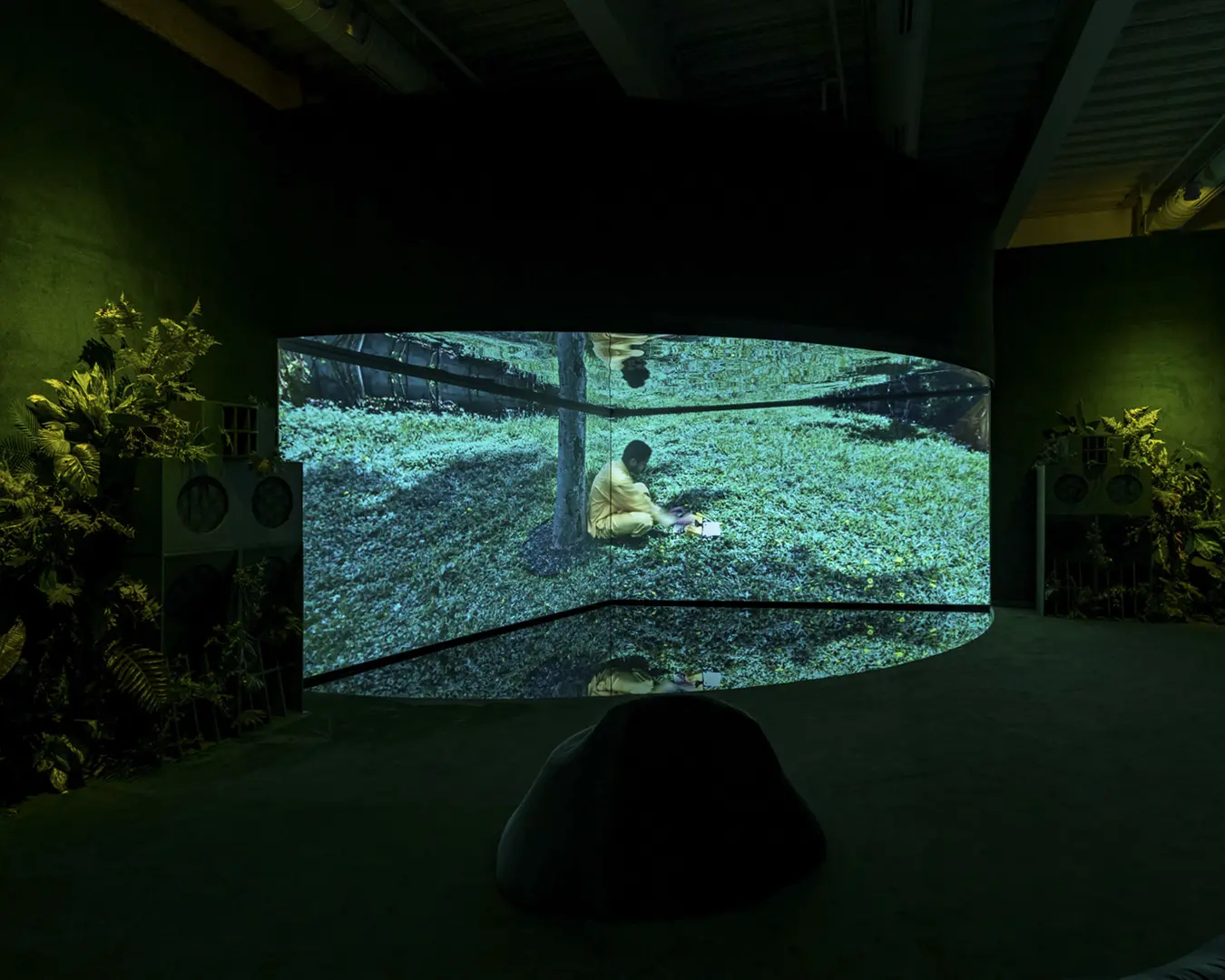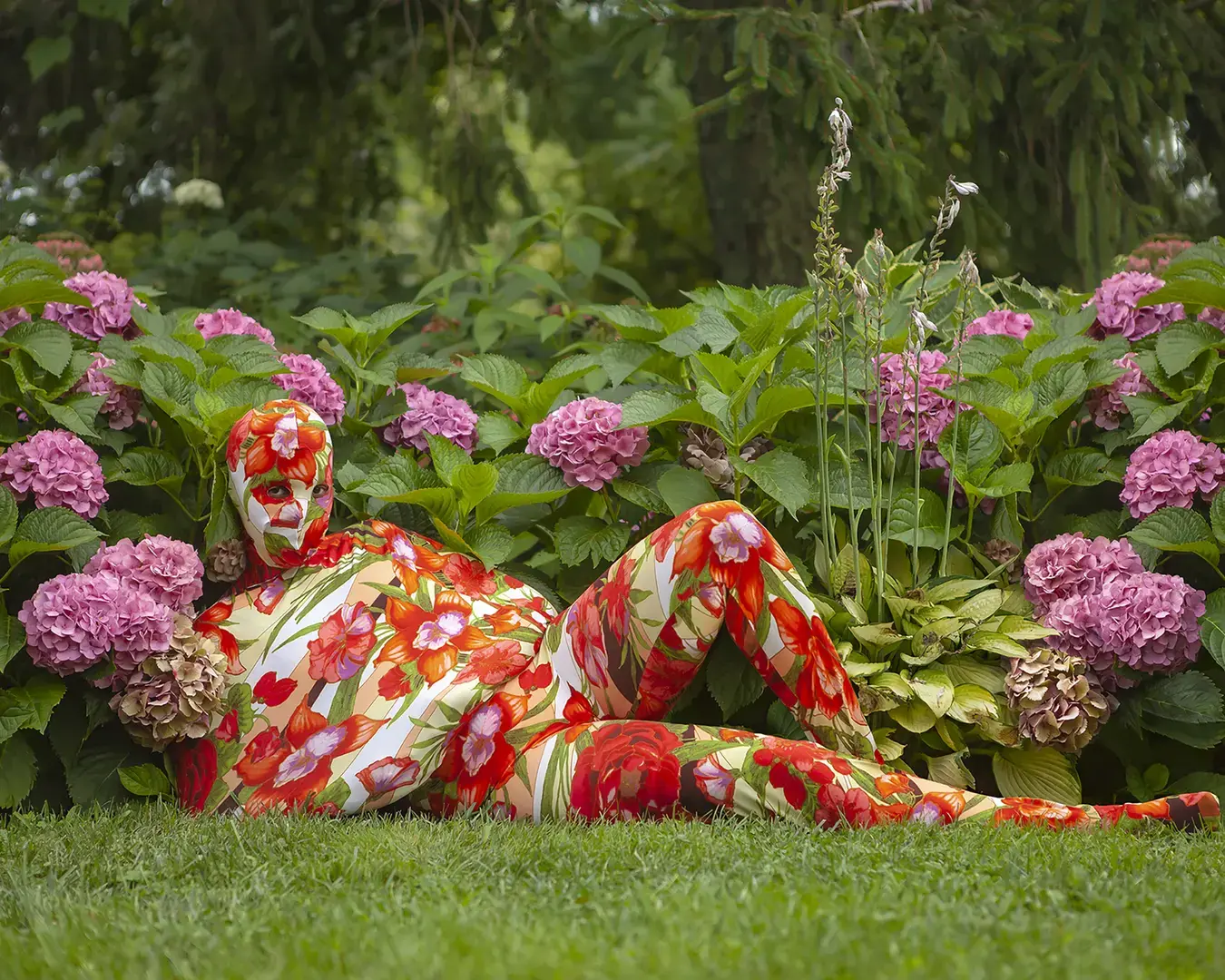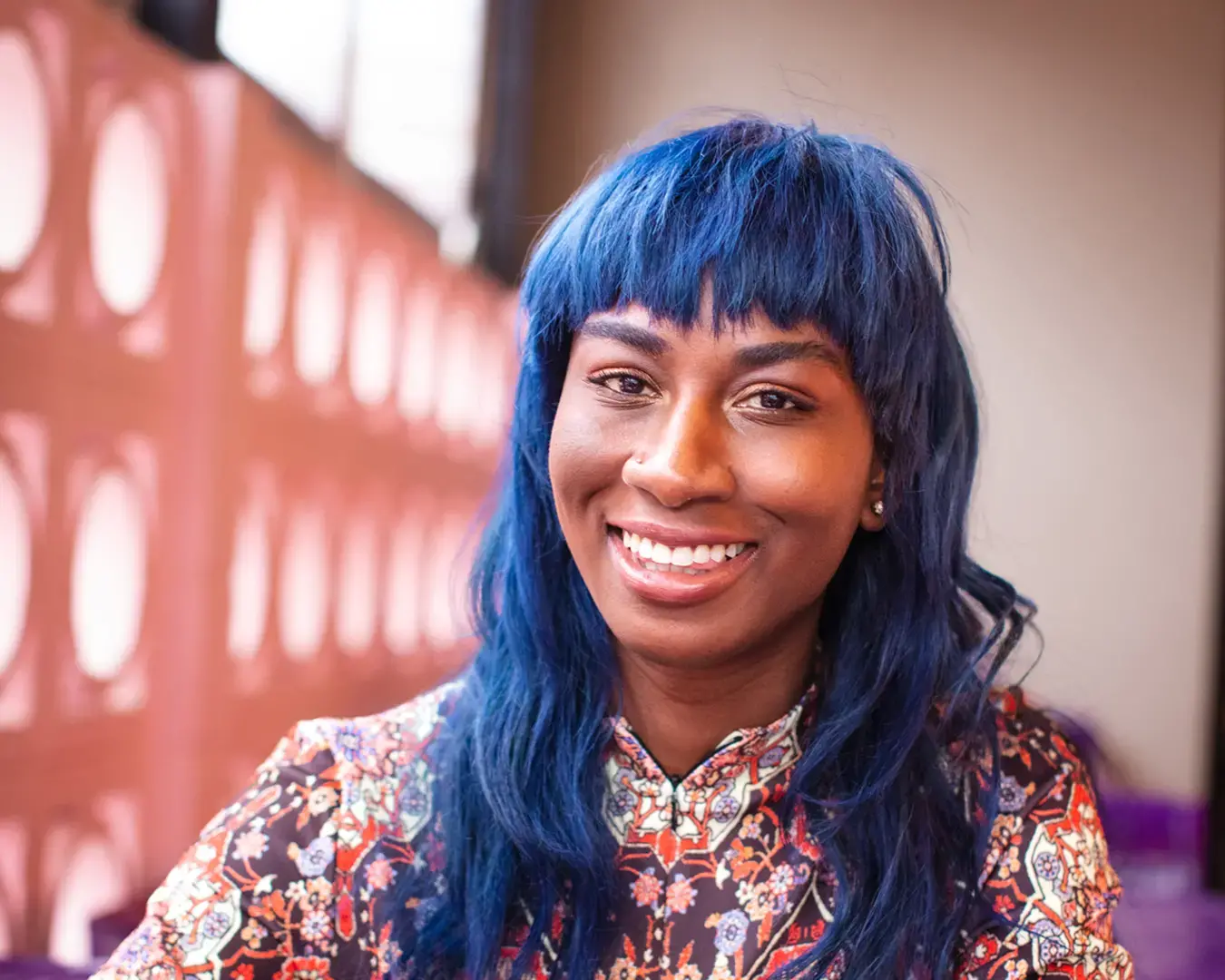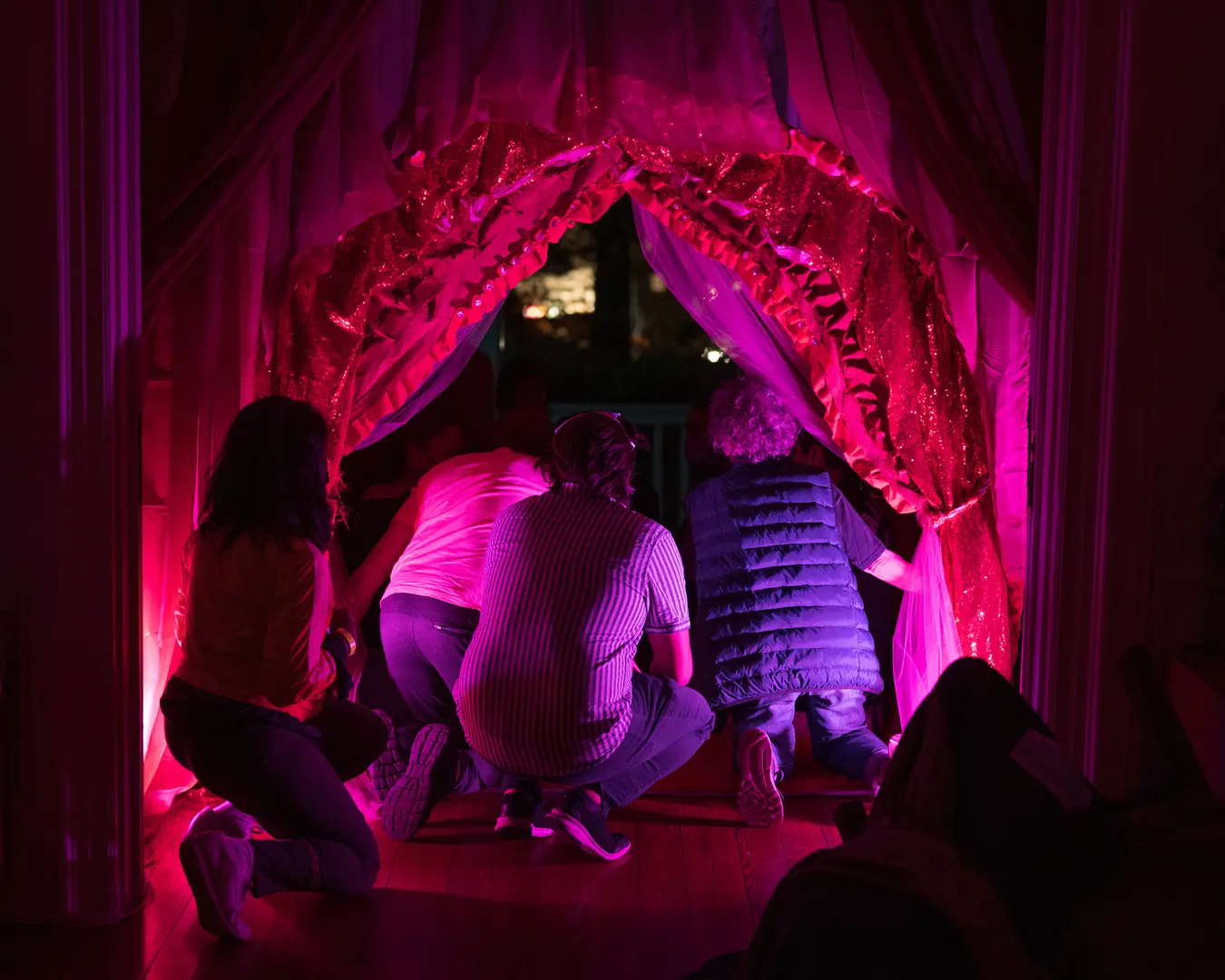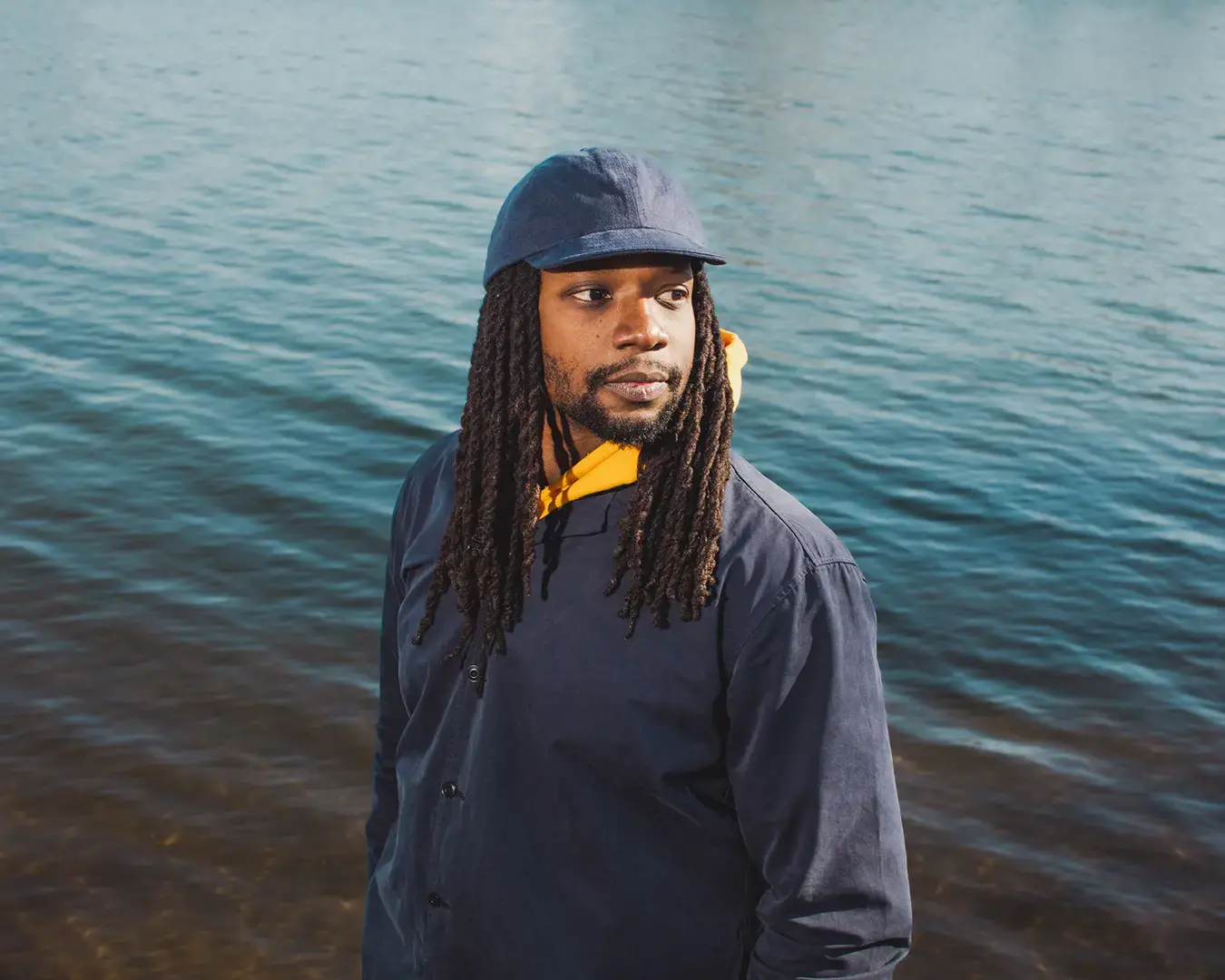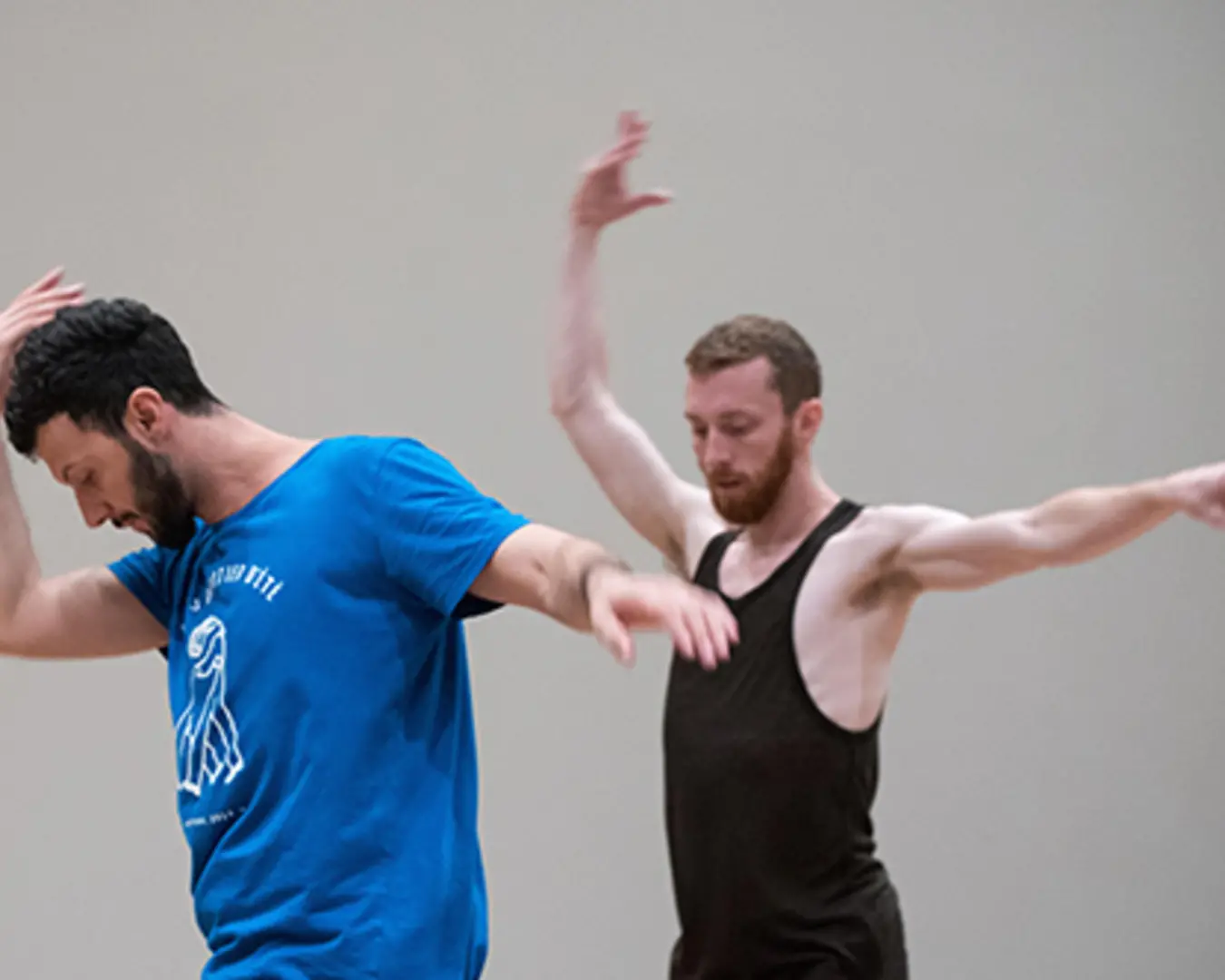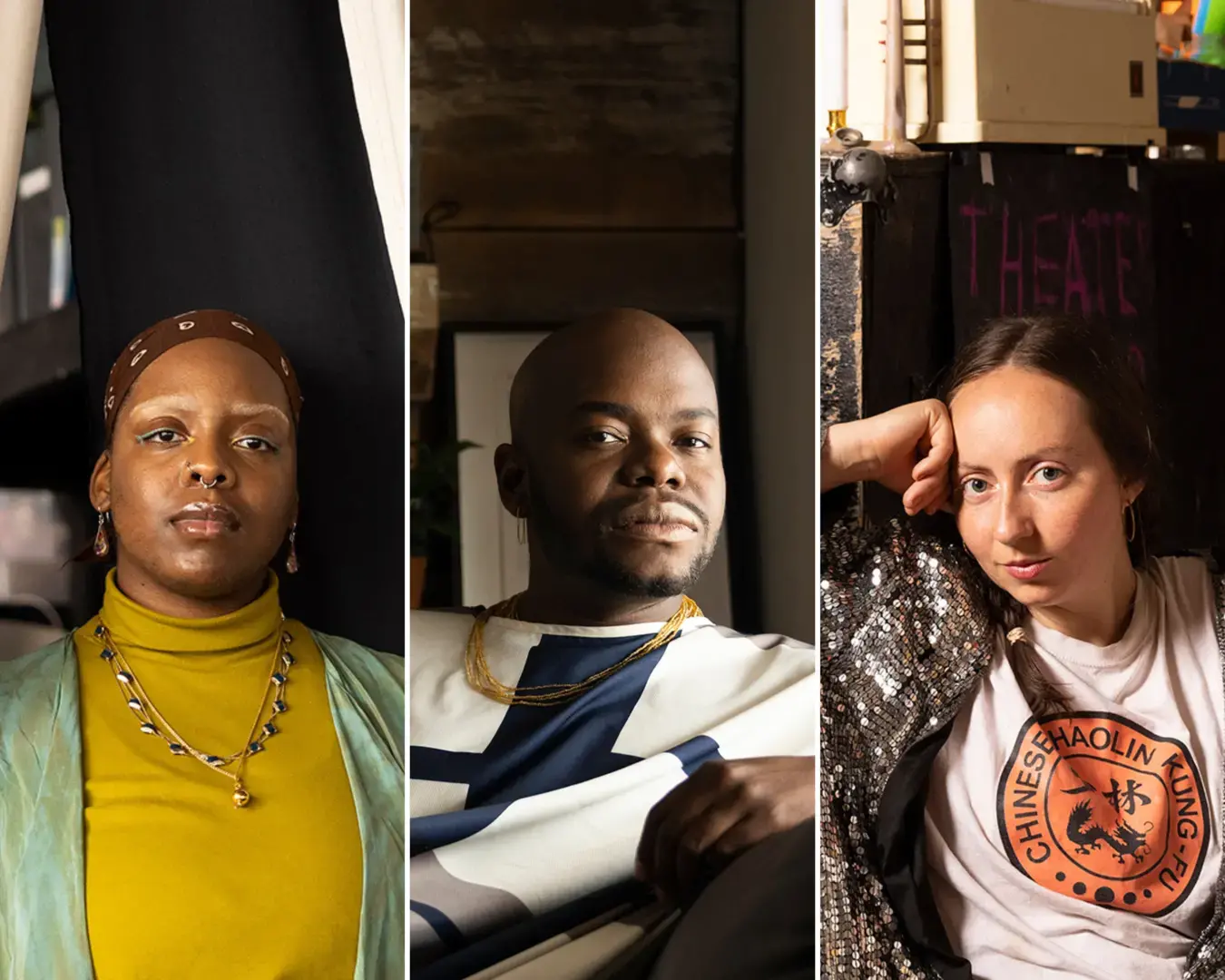Transcript permalink
I think the opportunity of this space, this particular show AND this gallery, is that the environment is a place that I can express. Just how the work gets experienced, there isn't any kind of standard in the same way. I wish I could go to everybody's television set and set it up correctly to watch the show. But that's just a beautiful sort of luxury of putting stuff in a gallery, I guess, of any kind. I think of it more in a way of like what is the material quality of the films in this case, or the moving images and the sound? And luckily, there wasn't an assumption about a standard way to do that to present just the material quality.
And I think other elements are maybe they didn't sort of rise to the top. There's a more playful energy to how other elements came in. And a lot of that is just like what's possible? We can't put live plants, for instance, in here. I didn't know that at the time we were conceptualizing it. But we can't. But we can put water. There's a sort of middle ground where the idea is meet what's possible logistically in terms of just other elements.
For instance, with Swimming in Your Skin Again, it is an exploration of a relationship with the entities that live in water that one could form a relationship with. And specifically form a relationship with through song. And so the idea to project the film into reflected water is a non-metaphorical gesture towards communing and communication with that element, the elements of light and water in this case. And that intention is just borne out in the formal decision of how to present it, how to project it.
Permalink

